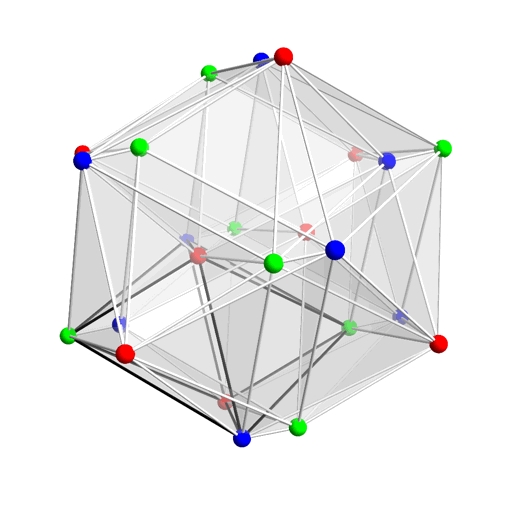8 and 24
Posted by John Baez
On 8/24 I’m giving a talk about the numbers 8 and 24.
Abstract. The numbers 8 and 24 play special roles in mathematics. The number 8 is special because of Bott periodicity, the octonions and the E8 lattice, while 24 is special for many reasons, including the binary tetrahedral group, the 3rd stable homotopy group of spheres, and the Leech lattice. The number 8 does for superstring theory what the number 24 does for bosonic string theory. In this talk, which is intended to be entertaining, I will overview these matters and also some connections between the numbers 8 and 24.
You can see slides and a video of my talk here.
Juven Wang had the hilarious idea of scheduling this talk on 8/24 for his Quantum Matter in Mathematics and Physics seminar at Harvard. So while it’s intended to be entertaining, it’s mainly aimed at entertaining folks who know a fair amount of math and physics. If you want a less stressful version, try these videos instead:
A bunch of middle school students liked the first one!
If you want to understand how this gif by Greg Egan connects the numbers 8 and 24, click on it. Briefly, it shows the 24-cell, a Platonic solid in 4 dimensions. Its 24 vertices are grouped into three bunches of 8, colored red green and blue. These correspond to the three 8-dimensional representations of double cover of the rotation group in 8 dimensions: the vector rep, the left-handed spinor rep, and the right-handed spinor rep. Operators involving these three 8-dimensional spaces give rise to the octonions!


Thomas
The link to the YouTube playlist is wrong; it should go to https://www.youtube.com/playlist?list=PLuAO-1XXEh0ZiJlRKz7EuODAdIOjC5-1l